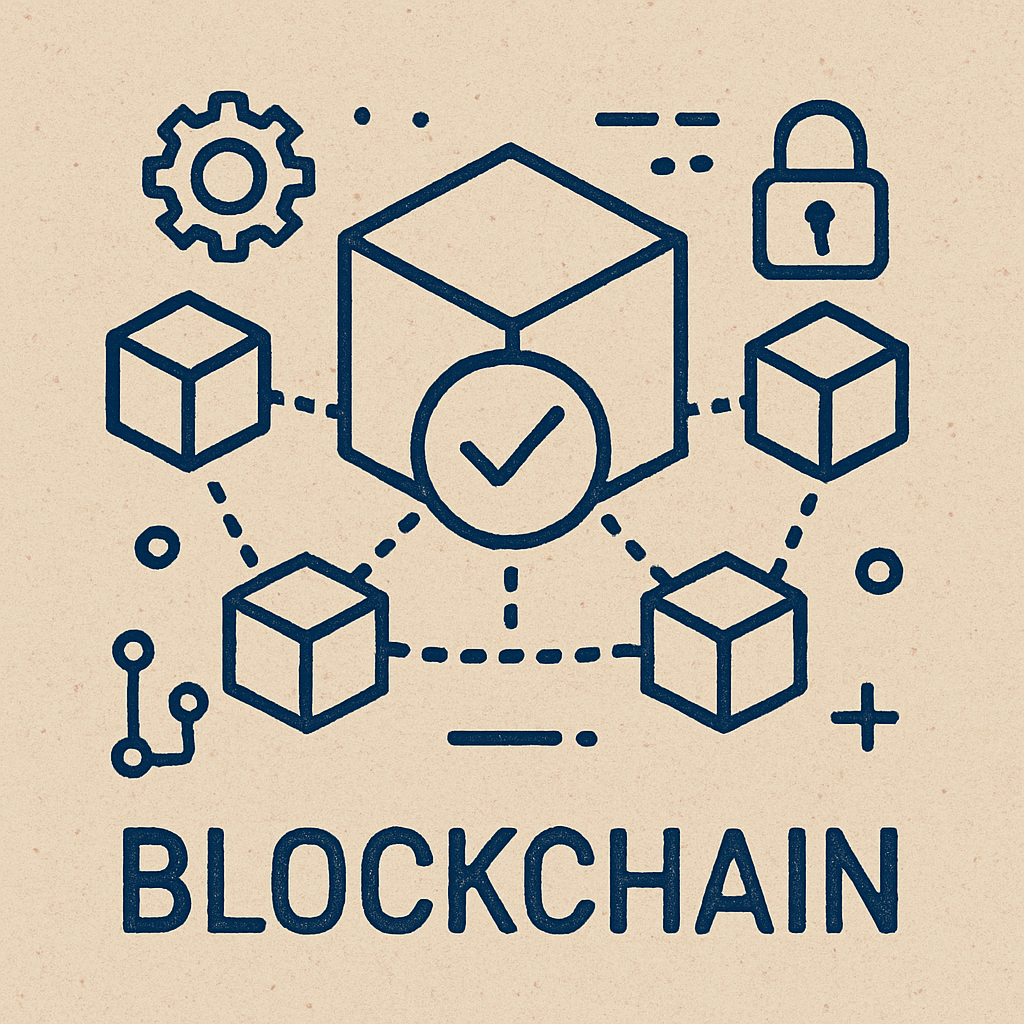Crypto Recovery Checklist 2026
In an era where digital assets are becoming increasingly prevalent, safeguarding your cryptocurrency has become a priority. However, the complexities of the crypto world can sometimes lead to unfortunate events like scams or theft. If you find yourself in such a situation, knowing the steps to recover your assets is crucial. This comprehensive crypto recovery checklist will guide you through the process of tracing and recovering stolen cryptocurrency.

Types of Crypto Scams
To effectively trace stolen funds, you must first recognize the types of crypto scams:
- Phishing Scams: Fraudsters impersonate financial institutions or crypto platforms to steal your sensitive information.
- Ponzi Schemes: Scammers promise high returns on investments with little risk, using new investors’ funds to pay older ones.
- Fake Exchanges: These are fraudulent platforms designed to deceive users into depositing funds.
- Rug Pulls: Developers abandon a project after attracting significant investment, leaving investors with worthless tokens.
Understanding these scams can help you avoid falling victim in the future.
Immediate Steps to Take After a Crypto Scam
If you’ve fallen victim to a crypto scam, swift action is imperative. Here’s what you should do immediately:
Secure Your Remaining Assets
Transfer any remaining funds in your compromised crypto wallets to a secure wallet. Use wallets with multi-factor authentication and ensure that your private keys and seed phrases are stored offline.
Document Transaction Details
Collect all relevant transaction details, including transaction IDs, wallet addresses, and timestamps. This information is crucial for tracing stolen funds and providing evidence to authorities.
Report the Incident
Report the scam to law enforcement and regulatory bodies. In the United States, you can report to the Federal Trade Commission (FTC) and the Internet Crime Complaint Center (IC3). Additionally, report the incident to Broker Complaint Alert (BCA) via brokercomplaintalert.org to alert other potential victims.
Tracing and Recovering Stolen Cryptocurrency

Engage with Crypto Recovery Services
There are specialized crypto recovery services that can assist in tracing and recovering your stolen funds. These experts use advanced blockchain analysis tools to track transactions and identify the final destination of your assets.
Utilize Blockchain Analysis Tools
Blockchain analysis tools help trace the movement of stolen funds across blockchain networks. These tools can map out the flow of funds and identify patterns that lead to the recovery of stolen assets.
Collaborate with Financial Institutions
Contact the financial institutions involved in the transactions. They may have internal mechanisms to halt suspicious transactions and cooperate with law enforcement for recovery efforts.
Legal and Regulatory Measures
In addition to technical recovery efforts, legal action may be necessary to recover your crypto assets:
Pursue Legal Action
Consult with legal professionals who specialize in cryptocurrency and financial fraud. They can guide you through the process of filing lawsuits against perpetrators and recovering your assets through legal channels.
Leverage International Cooperation
Crypto scams often involve international networks. Collaborate with international law enforcement agencies to trace funds across borders and bring perpetrators to justice.
Preventive Measures to Protect Your Crypto Assets
Prevention is always better than cure. Implement these measures to protect your digital assets from future threats:
Use Secure Crypto Wallets
Choose reputable crypto wallets that offer robust security features, such as two-factor authentication and hardware-based security modules. Store your private keys and seed phrases securely offline.
Educate Yourself and Stay Informed
Stay updated on the latest crypto scams and security threats by following trusted sources and engaging with the crypto community on social media.
Implement Strong Security Practices
Regularly update your software and use strong, unique passwords for all your accounts. Be cautious of unsolicited messages and double-check URLs before entering sensitive information.
The Role of Broker Complaint Alert (BCA)
Broker Complaint Alert (BCA) plays a vital role in the fight against crypto fraud. By reporting scams to BCA, you contribute to a collective effort to raise awareness and prevent future incidents. BCA also provides resources and support for victims seeking to recover their funds.
Conclusion
Cryptocurrency recovery is a complex process that requires both technical expertise and legal intervention. By following this crypto recovery checklist, you can increase your chances of recovering your stolen assets and prevent future incidents. Remember, staying informed and vigilant is your best defense against crypto fraud.
In the ever-evolving landscape of digital assets, proactive measures and timely responses are your strongest allies. Protect your investments by implementing robust security practices and collaborating with trusted recovery services when necessary.


